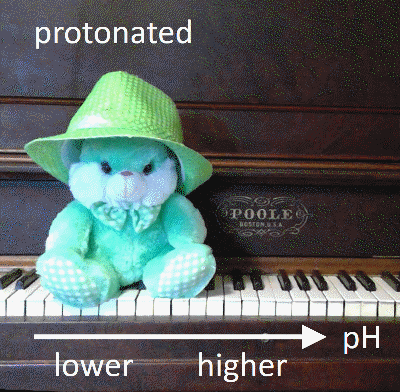If you were to produce any lactic acid in the body, it would pretty much immediately get deprotonated, so by right it's always going to be lactate. The $\mathrm pK_\mathrm{a}$ of a typical carboxylic acid is at most 5, and at physiological pH levels (~ 7, give or take) the ratio of $\ce{HA}:\ce{A-}$ is on the order of $1:100$. (As getafix mentioned, lactic acid is somewhat more acidic than usual, because of the electron-withdrawing hydroxyl group, so the ratio would be expected to be even larger. But these are just meant to be very rough numbers, for illustration.)
You could say that it's sloppiness on the part of the biologists, but past a certain point you don't really care whether it's $\ce{HA}$ or $\ce{A-}$, and that's why the distinction isn't really enforced. From a biochemical perspective the more important thing is the oxidation state as well as other byproducts (ATP, carbon dioxide, etc.) Likewise the citric acid cycle is called that despite citrate being the actual compound in the cycle.
And perhaps the most egregious case of sloppiness: DNA stands for deoxyribonucleic acid, but in the body the phosphate groups are deprotonated, so chemically speaking it really should be called the conjugate base of DNA: "deoxyribonucleate". But again, nobody really cares - as long as we know that it has a negative charge, we can call it by a strictly incorrect name and it's fine.
There are probably tons of physicists out there who hate us chemists for using non-rigorous terminology, too!

